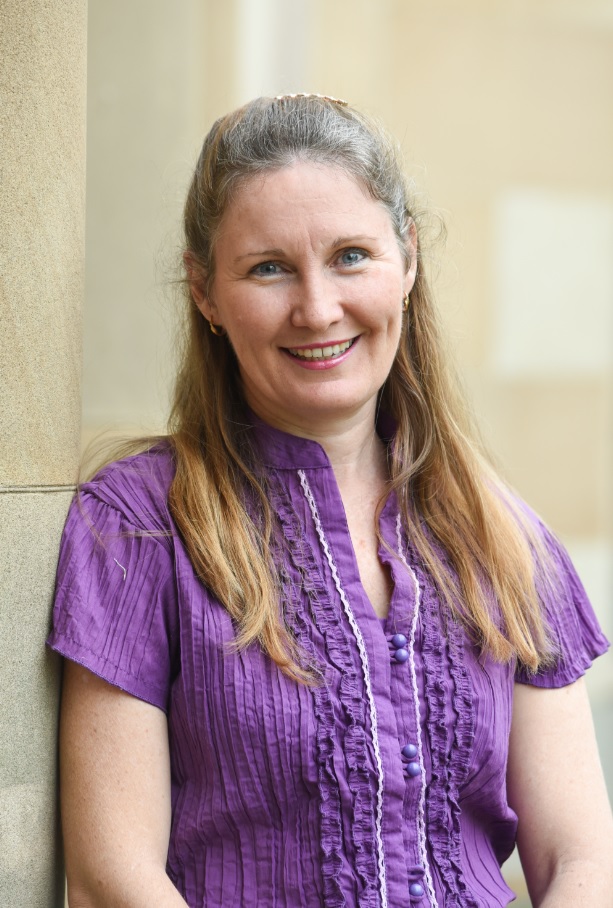
Dr Noreen Breakey
Lecturer, The University of Queensland

Biography
Dr Noreen Breakey has over 30 years of tourism experience and is passionate about ecotourism. Initially working with nature-based family businesses and international hotel properties around protected areas, Noreen increasingly saw that destinations could, and should, be better managed to protect our environment. This led to her PhD on tourism destination development, and her role as the TEQ Corporate Planning Analyst, co-developing the first Destination Management Plans for all Queensland regions. Noreen is now a tourism lecturer/researcher at the University of Queensland and is a Board member of Ecotourism Australia. Building on her combination of industry experience and academic expertise, Noreen is committed to research that addresses the issues faced when trying to balance the needs of ecotourism operators, government, local people, visitors, and the natural environment.
Abstract
Why so Many Tools for Measuring Eco/Sustainable Tourism? Overlap, Anomalies and Opportunities
Ecotourism and sustainable tourism are often used interchangeably. Over time they have grown to encompass a holistic approach to the environmental, economic, and social dimensions of tourism. To this end, many tools have been created and implemented to measure how “sustainable” a tourism operation or destination may be. As the saying goes, “you can’t manage what you can’t measure,” and dozens of eco/sustainable tourism measurement tools show that the industry has taken this to heart. But are so many different tools needed? Instead of expending energy to build new tools to suit evermore specific settings, what if we turned the problem around to analyse the tools that already exist? This research seeks to do exactly that by comparing 17 of the most influential eco/sustainable tourism indicator sets, including Ecotourism Australia’s ECO certification criteria. The selected indicator sets total 1,872 individual indicators. To facilitate comparison, each indicator is categorised according to two frameworks: dimensions of sustainability (e.g. environmental, social, economic) and the Driver-Pressure-State-Impact-Response causal framework. The research determines whether these indicator sets are truly distinct, and if not, highlights overlapping aspects and potential redundancy. In brief, can existing measurement tools be consolidated to facilitate easier measurement and more consistent application? As a result, sustainability could be more broadly applied and managed throughout the tourism industry, allowing better understanding for visitors seeking eco/sustainable experiences. Specifically, within the ecotourism sector, it would also facilitate measurements for both operators and destinations.
